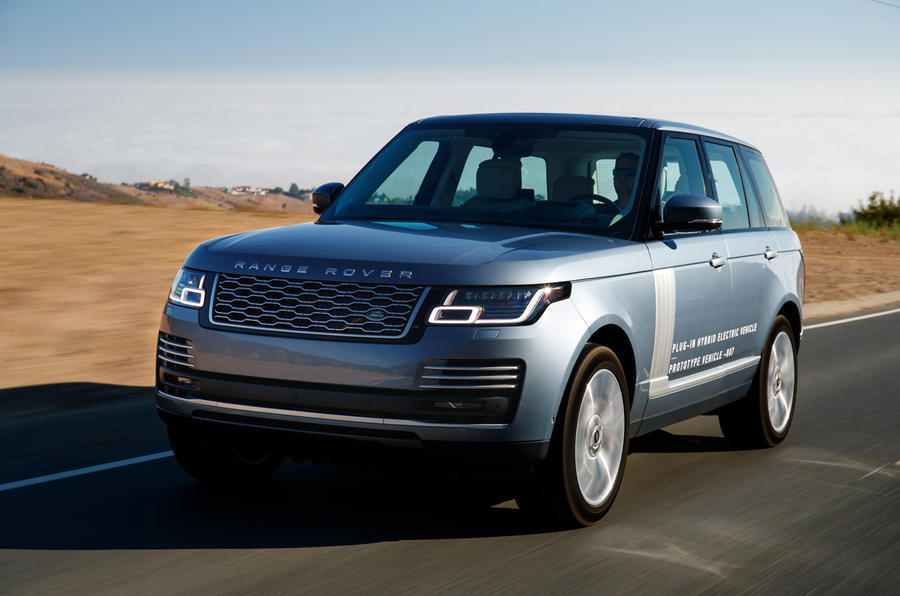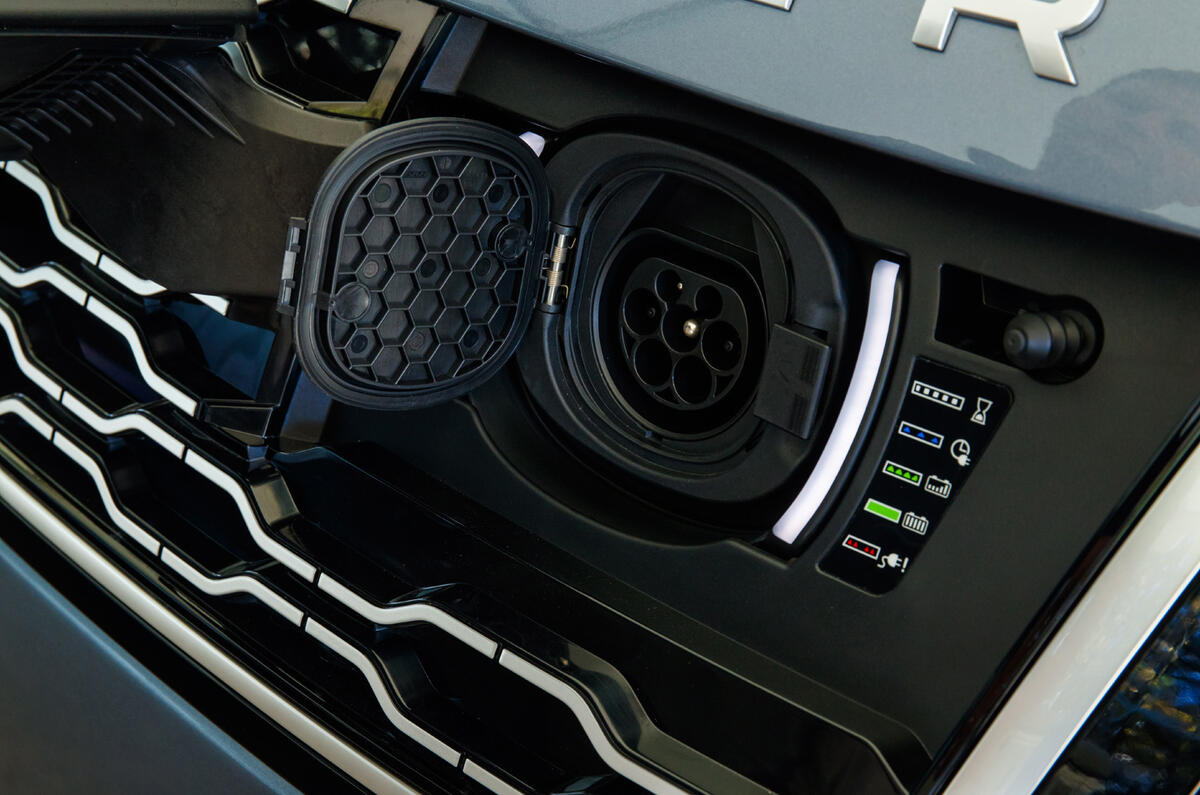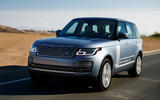What is it?
There aren’t too many more refined and luxurious ways to travel than in a Range Rover. Yet there is a way of making a Range Rover more refined and luxurious: electrify it.
The early days of the electrified car have been quite unusual in terms of which cars have got the technology first.
Normally, it’s the big expensive cars that get the big and expensive new technology first before dripping down to the rest of the market as it becomes more affordable and widely available.
Yet that’s not been the case with electric and plug-in hybrid models, for we’ve seen the likes of £30,000-plus city cars that no one has bought and that have hindered rather than enhanced the inevitable switch to electrification.
Which is even more odd given just how refined, quiet and premium an electric drivetrain is, making it perfect for a big and expensive luxury car in the first place.
Never mind, for the status quo has sorted itself out, and many a luxury car is available with a little 'e' at the end of its name, and an extra hole into it to dispense electricity instead of a fossil fuel.
Now we arrive at arguably the most luxurious car yet to find itself with a little 'e' at the end of its name: the Range Rover.
Land Rover’s plug-in hybrid system, which finds its way onto the Range Rover Sport at the same time, mixes a longitudinally mounted 296bhp 2.0-litre turbocharged petrol engine from Jaguar Land Rover’s Ingenium family with a 114bhp electric motor housed in the casing of an eight-speed automatic gearbox.
That draws power from a 13.1kWh lithium ion battery pack located at the rear of the car and charged from a port in the front grille. That battery allows for up to 31 miles of electric-only driving at speeds of up to 85mph, and a full charge of that battery can take 2hr 45mins with the right 32-amp wallbox charger.
And that plug-in hybrid drivetrain, Jaguar Land Rover’s first, sits in an overhauled Range Rover body, promising the greatest levels of luxury and comfort yet. We’re testing here in close to production but still prototype form for a first taste.












































Join the debate
Add your comment
Truer words never spoken &
Truer words never spoken & better than I could articulate my problems to do my essay: "50% more brake horse power maybe, not 50% more torque".
Perhaps...an eD5 400!
To mention "Diesel" in public now seems like anthema.....yet a 2.5ltr 285Kw TD5 coupled to an 85Kw elec motor would've bn quite a sweetspot. Would probably end up with 300kw and some heft of torque on tap...for the true off-roader and great lux-tourer that Range Rover's meant to be! But then again, that has to be sacrificed yet we have cargo ships oversized for the suez canal almost....
The RR Cynical
It's almost an insult (in fact no, it's a full on insult) to still be claiming ridiculous figures like 101mpg. You'll be lucky to see 25mpg out of this behemoth, and as others have said, lucky to see 15 miles before the poor old excellent for the environment petrol engine kicks in to try and pull the 2.5 tons, plus charging the pallet of batteries at the same time. That's classified as cruelty isn't it...?